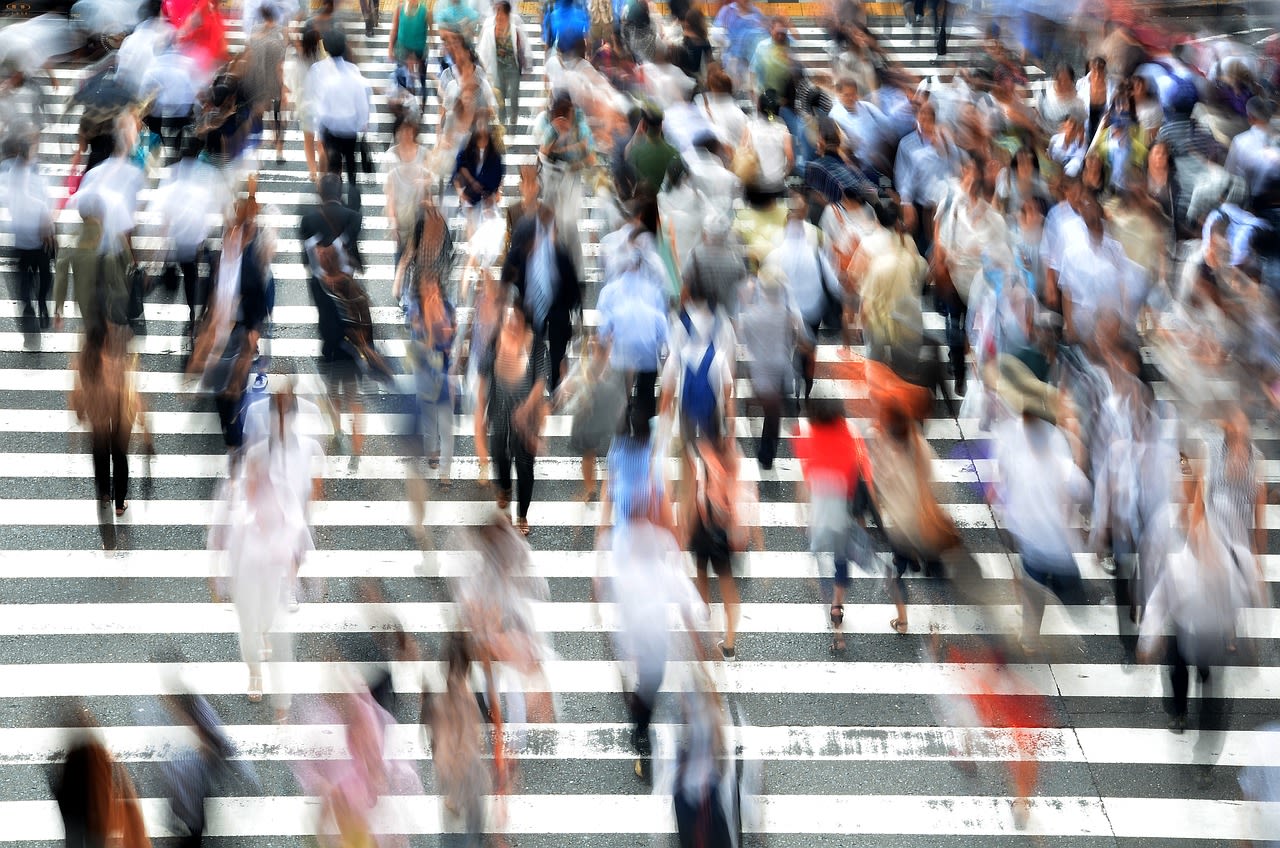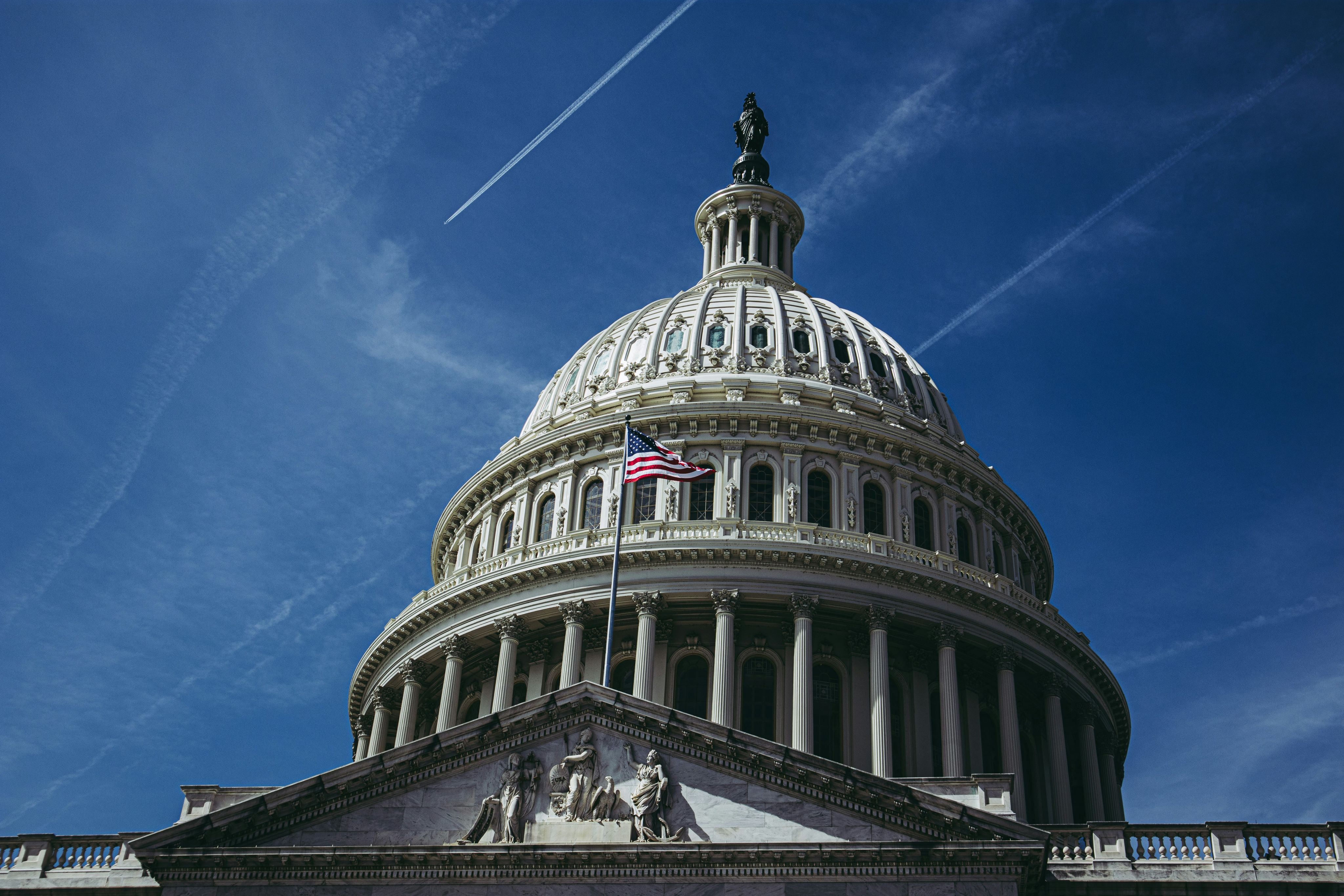Undocumented Realities: Advocating for Immigration Reform in the U.S.
by Natalia Hernandez Berrios

Who is undocumented?
The term "undocumented" is used as a way to describe immigrants who "reside in the United States without legal status" (Defining Undocumented, 2023 ).
FACTS ABOUT THE UNDOCUMENTED POPULATION
There are 11.04 undocumented immigrants in the United States which makes up about a quarter of the total immigrant population. The undocumented population is made up of people from different, races, ages, and backgrounds. They can be your friends, colleagues, neighbors, students, professionals, and much more. They help keep the country moving forward, as we will see throughout this page.
Mexico: Top Country of Origin & Central America: Top Region
From the graphics above, we can see that undocumented people come from diverse backgrounds. Undocumented stories should not just surround Latine/Hispanic people but also around Asians, Africans, and others. This is a people issue, an issue that impacts all different communities.
Reasons why people migrate:
- Escaping unsafe environments
- Better educational opportunities for themselves or their children
- Better work opportunities
- Many other reasons
The list above is just a few short reasons why people immigrate to the United States. It depends on each person's individual story and experience. There is not a one-size-fits-all mold for the undocumented story. As seen in the videos above, undocumented immigrants come from a variety of backgrounds and have different immigrant stories as well. In Jose Antonio Vargas's video, he talks about his immigrant story and how he came to the United States when he was 12 and has been living here ever since. He came with the help of his grandfather who wanted a better life for Jose. Mario, Carlos, Jose, and all the others in the video have been living in the United States for a long time and have all settled in different areas of the United States. The graphics below shows the distribution of undocumented folk across the States and how long they have been living here.
Where do undocumented immigrants settle in the U.S?
Mario and Carlos came to the United States looking for a haven. They were escaping unsafe conditions in their home countries and saw the U.S. as a beacon of hope. Others, like Jose, came here because their family members wanted a better future for them. Carlos, Mario, Jose, and many others have been living in the States from a young age and for many years. They have contributed to the United State's social and economic fabric for many years. Yet Carlos, Mario, Jose, and many other undocumented folks still have not been able to receive any benefits or citizenship.

There's still NO immigration reform
even though...
"Nearly 3 in 4 Americans support undocumented immigrants being able to stay in the United States and eventually apply for citizenship" (FWD).
Current Immigration Policies

Photo by Hunters Race on Unsplash
Photo by Hunters Race on Unsplash
Work Legally in the U.S. through Employment-based Green Cards
- U.S. employer sponsors your application
- Demonstrate extraordinary abilities or specialized training
- Or invest between $500,000 and $1 million creating jobs in American communities
*this avenue is not as easy as one may think, immigrants have to "fight" for their right to come

Photo by Matt Bennett on Unsplash
Photo by Matt Bennett on Unsplash
Opportunity to get citizenship through Longtime-Resident Green Cards
Issued to individuals who have physically lived in the United States, either lawfully or unlawfully, since January 1, 1972.
Must have entered the U.S. on or before that date and not left since
*this avenue is not open to many immigrants anymore as many came after 1972

Photo by Glenn Carstens-Peters on Unsplash
Photo by Glenn Carstens-Peters on Unsplash
Try your luck with a Diversity Visa
- The United States has a “green card lottery”
- Randomly awards immigrant visas for up to 50,000 people each year
*this avenue is only open to applicants from countries with low rates of immigration to the United States also over 11 million people applied in 2021

Photo by Gabriel Tovar on Unsplash
Photo by Gabriel Tovar on Unsplash
Family-based citizenship
- Issued to the family members of current U.S. citizens and green card holders
- It can include spouses, widows/widowers, children, parents, and siblings
Undocumented Immigrants are vital to the U.S. economy yet they don't receive benefits
The undocumented community does not have access to many resources in the U.S. Many undocumented folks are prohibited from accessing or receiving the following benefits:
- Social Security
- Driver's License/ Permit
- Identification Cards
- In-state tuition
- Federal Loans
- Federal Work Study
- and much more....
*some of the things listed above vary by state*
75% of undocumented immigrants are employed. They work in key sectors that keep the economy moving forward. The graphic above takes into account those individuals who are 16 years or older so some of the employment is due to some folk going to school/college.
Many undocumented people work in construction, farming, manufacturing, janitorial and facility maintenance, and other key sectors. They are able to work as independent contractors with an Individual Taxpayer Identification Number (ITIN). This number allows them to work in the sectors mentioned above and with their ITIN they pay state and federal taxes (IRS, n.d.)
Viviana and her family (mentioned in the video below) work in the agriculture sector. After finishing high school, Viviana wanted to go to college but was unable to do so since she was ineligible for financial aid due to her undocumented status. She decided to work in agriculture with her family, to save up enough money to attend college in the future. Viviana's story is not unique. It is one of countless of stories undocumented youth and people. They come to the United States to seek better opportunities, they work long grueling hours yet receive no recognition or benefits for their hard jobs. As the video stated, immigrants are essential. Not many people want to work in the agriculture sector and undocumented folk help keep it moving.
"We desperately need them to perform a lot of labor that we don't have people to do, in very important areas like agriculture, what I have seen are good hard-working people contributing to their community"
During the pandemic, when everyone else was home, immigrants (documented and undocumented) were keeping the country going. They were the ones still risking their lives to work and put food on the tables of Americans. Agriculture workers were deemed heroes yet these heroes were not provided citizenship. They were given brief recognition with no tangible actions.
$30.8 Billion paid in total taxes
The taxes include contributions towards social security, healthcare, and welfare services which undocumented immigrants are not able to benefit from.
Economic outlook if pathway to citizenship is provided
Proving a pathway to citizenship for the 11.4 million undocumented folk would benefit everyone. It would allow Viviana to attend college with very little to no economic burden. It would allow Carlos and Mario to pursue their dreams and work without worrying about being deported.
A pathway to citizenship for the 11.4 million folk would create security, stability, jobs, businesses, and a more prosperous United States. The GDP can increase by $1.7 trillion through the decade and the number of new jobs created can surpass 400,000 (Peri & Zaiour, 2021).



We change the lives of 11.04 million people with YOUR help
What you can do

Photo by AbsolutVision on Unsplash
Photo by AbsolutVision on Unsplash

Photo by Hannah Busing on Unsplash
Photo by Hannah Busing on Unsplash
Get Involved
Locally:
Volunteer with the Latino Community Center
The organization provides support to newly arrived and/or established Latinx families within Allegheny County
Nation-wide:

Photo by Alejandro Barba on Unsplash
Photo by Alejandro Barba on Unsplash
Contact your Representative
- Reach out to elected representatives to advocate for immigrant rights
- Dial (202) 224-3121 and request to speak with your representative
- Urge elected officials to stand by immigrants and undocumented people
References
American Immigration Council. (2016, July 18). Adding Up the Billions in Tax Dollars Paid by Undocumented Immigrants. American Immigration Council. https://www.americanimmigrationcouncil.org/research/adding-billions-tax-dollars-paid-undocumented-immigrants
Center For Migration Studies. (n.d.). State Tool: Center for Migration Studies. Data.cmsny.org. http://data.cmsny.org/
Defining Undocumented. (2023). IMMIGRANTS RISING. https://immigrantsrising.org/resource/defining-undocumented/
How to Immigration to the United States. (n.d.). Boundless. https://www.boundless.com/immigration-resources/us-immigration-explained/
Hubbard, S. (2023, March 22). Dispelling the Myth: How Undocumented Immigrants Pay Taxes and Contribute to the US Tax Base. Immigration Impact. https://immigrationimpact.com/2023/03/22/how-undocumented-immigrants-pay-taxes-itin/
Individual Taxpayer Identification Number | Internal Revenue Service. (n.d.). Www.irs.gov. https://www.irs.gov/individuals/individual-taxpayer-identification-number
Map the Impact of Immigration: U.S. Economic Data & Numbers [MAP] - New American Economy. (n.d.). Data.americanimmigrationcouncil.org. https://data.americanimmigrationcouncil.org/map-the-impact/
Migration Policy Institute. (2015, August 18). Unauthorized Immigrant Populations by Country and Region, Top States and Counties of Residence, 2012-16. Migrationpolicy.org. https://www.migrationpolicy.org/programs/data-hub/charts/unauthorized-immigrant-populations-country-and-region-top-state-and-county
Peri, G., & Zaiour, R. (2021, June 14). Citizenship for Undocumented Immigrants Would Boost U.S. Economic Growth. Center for American Progress; Center for American Progress. https://www.americanprogress.org/article/citizenship-undocumented-immigrants-boost-u-s-economic-growth/
Rouse, C., Barrow, L., Rinz, K., & Soltas, E. (2021, September 17). The Economic Benefits of Extending Permanent Legal Status to Unauthorized Immigrants. The White House; The White House. https://www.whitehouse.gov/cea/written-materials/2021/09/17/the-economic-benefits-of-extending-permanent-legal-status-to-unauthorized-immigrants/
White House. (2021, September 17). The Economic Benefits of Extending Permanent Legal Status to Unauthorized Immigrants | CEA. The White House. https://www.whitehouse.gov/cea/written-materials/2021/09/17/the-economic-benefits-of-extending-permanent-legal-status-to-unauthorized-immigrants/#:~:text=About%2073%20percent%20of%20unauthorized
